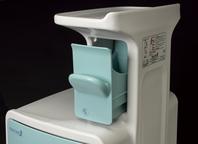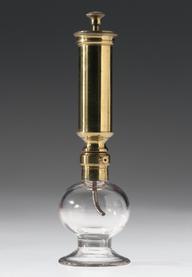Printed instructions for making surgical gowns
A3 portrait printed visual 'Cutting instructions sleeve lay plan’ to produce surgical gowns at the Hampstead Gown Factory (HGF), designed by HGF volunteers and graphic designers, Helene and Adam, as part of a Royal Free Charity volunteer project to produce Personal Protective Equipment (PPE) for key workers during the COVID-19 pandemic, London, 2020
Lining the walls of Wac Arts where the Hampstead Gown Factory was based, these signs gave instructions to volunteers making surgical gowns. Each morning and afternoon shift had 60 volunteers. Everyone had a set task such as sewing shoulder seams, cutting, checking, filling bobbins, quality control and packing. At peak productivity, 800 surgical gowns were made every day. Volunteers were regularly tested for COVID-19, completed a health check questionnaire and had their temperature checked on arrival, as well as observing social distancing. Surgical gowns cannot be made at home as they need to be made in as sterile an environment as possible.
Overall, 614 volunteers made 50,000 surgical gowns at the HGF between April and August 2020. During the first wave of the COVID-19 pandemic, Personal Protective Equipment (PPE) was the only way for healthcare workers to protect themselves. A shortage of PPE dominated the first UK lockdown, with many key workers having to adapt existing materials or rely on volunteer pools such as the HGF, run by the Royal Free Charity.
- Measurements:
-
overall: 420 mm x 297 mm
- Materials:
- paper
- Object Number:
- 2021-443/1
- type:
- instructions






















